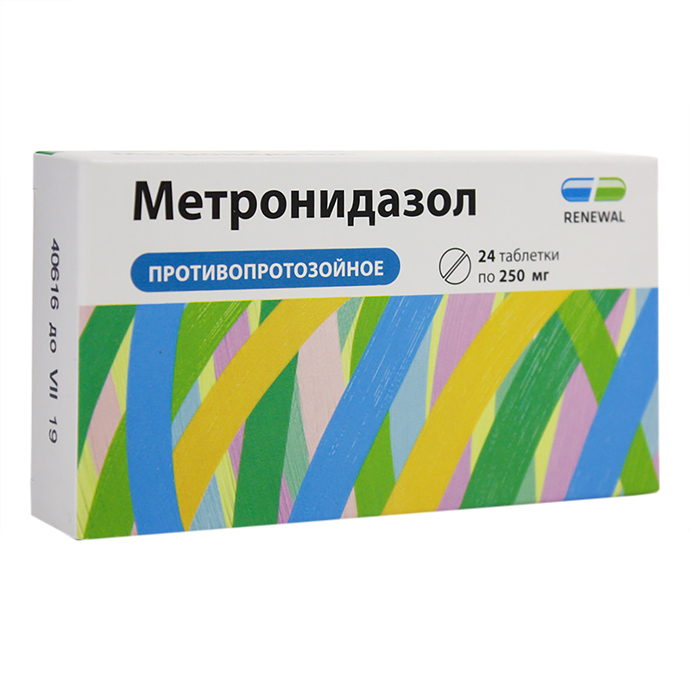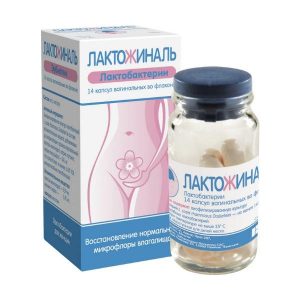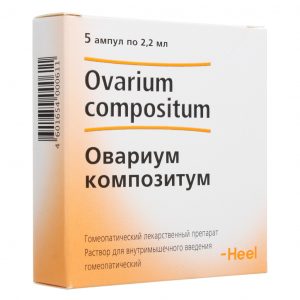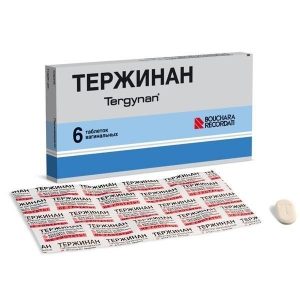Description
Dosage form
Tablets
Packing
24 pcs
Pharmacological action
Antiprotozoal and antimicrobial drug derived from 5-nitroimidazole. The mechanism of action is the biochemical reduction of the 5-nitro group of intracellular transport proteins of anaerobic microorganisms and protozoa. The reduced 5-nitro group interacts with the DNA of the cell of microorganisms, inhibiting the synthesis of their nucleic acids, which leads to the death of bacteria.
Active against Trichomonas vaginalis, Entamoeba histolytica, and obligate anaerobes Bacteroides spp. (including Bacteroides fragilis, Bacteroides distasonis, Bacteroides ovatus, Bacteroides thetaiotaomicron, Bacteroides vulgatus), Fusobacterium spp., some gram-positive microorganisms (Eubacterium spp., Clostridium spp., Peptococcus niger, Peptostreptococcus spp.).
The minimum inhibitory concentration for these strains is 0.125–6.25 μg / ml.
In combination with amoxicillin, it is active against Helicobacter pylori (amoxicillin inhibits the development of resistance to metronidazole).
Aerobic microorganisms and facultative anaerobes are insensitive to metronidazole, but in the presence of mixed flora (aerobes and anaerobes), metronidazole acts synergistically with antibiotics effective against conventional aerobes.
Increases the sensitivity of tumors to radiation, causes sensitization to alcohol (disulfiram-like effect).
Indications
protozoal infections (extraintestinal amebiasis / including liver abscess /, intestinal amebiasis, trichomoniasis, balantidiasis, giardiasis (giardiasis), cutaneous leishmaniasis, trichomonas vaginitis, Trichomonas urethritis)
infections caused by Bacteroides spp., including Bacteroides fragilis, Bacteroides distasonis, Bacteroides ovatus, Bacteroides thetaiotaomicron, Bacteroides vulgatus (infections of the bones and joints, CNS infections / including meningitis, brain abscess /, bacterial endocarditis, pneumonia, empyema and lung abscess)
p infections, caused . (including Bacteroides fragilis), Clostridium spp., Peptococcus spp., Peptostreptococcus spp. (abdominal infections / peritonitis, liver abscess /, pelvic infections / endometritis, endomyometritis, abscess of the fallopian tubes and ovaries, vaginal vaginal infections after surgery /, skin and soft tissue infections)
sepsis caused by Bacteroides spp. (including Bacteroides fragilis) and Clostridium spp.
pseudomembranous colitis (associated with the use of antibiotics)
gastritis or duodenal ulcer associated with Helicobacter pylori
alcoholism
as a radiosensitizing agent in radiation therapy (in cases when tumor resistance is caused by hypoxia) after operations on the colon, periorectal region, appendectomy, gynecological interventions).
Contraindications
leukopenia (including a history)
hypersensitivity to the components of the drug
impaired coordination of movements,
organic central nervous system lesions (including epilepsy)
liver failure (if prescribed in high doses)
I trimester of pregnancy
lactation period
hypersensitivity to nitroimidazole derivatives.
Use with caution in the second and third trimesters of pregnancy.
Special instructions
Ethanol is contraindicated during treatment (disulfiram-like reactions are possible: spastic abdominal pain, nausea, vomiting, headache, sudden rush of blood to the face).
In combination with amoxicillin, it is not recommended for use in patients under 18 years of age.
With prolonged therapy, it is necessary to control the blood picture. With leukopenia, the possibility of continuing treatment depends on the risk of developing an infectious process.
The appearance of ataxia, dizziness, and any other deterioration in the neurological status of patients requires discontinuation of treatment.
Can immobilize treponema and lead to a false positive Nelson test.
Stains urine dark.
In the treatment of trichomonas vaginitis in women and trichomonas urethritis in men, it is necessary to abstain from sexual activity. Be sure to simultaneously treat sexual partners. Treatment does not stop during menstruation. After treatment of trichomoniasis, control tests should be carried out for three successive cycles before and after menstruation.
After treatment of giardiasis, if symptoms persist, after 3–4 weeks, conduct 3 fecal analyzes at intervals of several days (in some successfully treated patients, lactose intolerance caused by invasion may persist for several weeks or months, resembling symptoms of giardiasis).
During the treatment period, it is recommended to stop breastfeeding.
Composition
1 tablet contains:
Active ingredient:
Metronidazole 250 mg.
Excipients:
magnesium stearate
propylene glycol
titanium dioxide
talc
hypromellose (methylhydroxypropylcellulose)
gelatin
lactose monohydrate srdlcrystm cellulose cellulose
Dosage and administration of
In case of amoebiasis, metronidazole is administered orally to adults within 7 days of 1.5 g per day in 3 doses of
for children of 30-40 mg / kg per day, also in 3 doses of
. For giardiasis, the drug is prescribed for 5 days – adults 750-1000 mg per day, children 2-5 years old 250 mg per day, children 5-10 years old – 375 mg per day, children 10-15 years old – 500 mg per day. Take after meals 2-3 times a day.
With trichomoniasis in women (urethritis and vaginitis), metronidazole is prescribed once at a dose of 2 g or as a course of treatment for 10 days: 1 tablet (250 mg) 2 times a day. In parallel with oral administration, 1 vaginal suppository or vaginal tablet containing 250 mg of metronidazole is prescribed in the evening.
To exclude possible reinfection, it is necessary to conduct treatment at the same time as sexual partners.
The course of treatment is repeated if necessary after 4-6 weeks.
With trichomoniasis in men (urethritis), metronidazole is prescribed once at a dose of 2 g or as a course of treatment for 10 days, 1 tablet (250 mg) 2 times a day.
For nonspecific vaginitis, 500 mg of metronidazole is used 2 times a day for 7 days.
In the treatment of anaerobic infections, adults are prescribed Metronidazole 1-1.5 g per day,
for children – at the rate of 20-30 mg / kg per day.
Side effects
Allergic reactions: urticaria, skin rash.
Local reactions: burning sensation or irritation of the penis in the sexual partner, burning sensation or rapid urination, vulvitis (itching, burning pain or hyperemia of the mucous membrane in the external genital area). After discontinuation of the drug, vaginal candidiasis may develop.
Systemic reactions: possible changes in taste, including a metallic taste, dizziness, headache, dry mouth, nausea, vomiting, decreased appetite, spastic pain in the abdomen, constipation or diarrhea, dark urine, leukopenia, or leukocytosis.
Drug Interactions
With simultaneous use with antacids containing aluminum hydroxide, with colestyramine, the absorption of metronidazole from the gastrointestinal tract is slightly reduced.
With the simultaneous use of metronidazole potentiates the effect of indirect anticoagulants.
With simultaneous use with disulfiram, the development of acute psychoses and impaired consciousness are possible.
It is impossible to exclude an increase in the concentration of carbamazepine in blood plasma and an increased risk of developing a toxic effect while using metronidazole.
With simultaneous use with lansoprazole, glossitis, stomatitis and / or the appearance of a dark color of the tongue with lithium carbonate are possible – an increase in the concentration of lithium in the blood plasma and the development of symptoms of intoxication with prednisone are possible – the excretion of metronidazole from the body increases due to the acceleration of its metabolism in the liver under the influence of prednisone. A decrease in the effectiveness of metronidazole is possible.
With simultaneous use with rifampicin, the clearance of metronidazole from the body with phenytoin increases – a slight increase in the concentration of phenytoin in blood plasma is possible, a case of the development of a toxic effect has been described.
With simultaneous use with phenobarbital, the excretion of metronidazole from the body increases significantly, apparently due to the acceleration of its metabolism in the liver under the influence of phenobarbital. A decrease in the effectiveness of metronidazole is possible.
Concomitant use with fluorouracil increases the toxic effect, but not the effectiveness of fluorouracil.
A case of the development of acute dystonia after taking a single dose of chloroquine in a patient receiving metronidazole is described.
With simultaneous use with cimetidine, inhibition of metronidazole metabolism in the liver is possible, which can lead to a slowdown in its excretion and an increase in plasma concentration.
With the simultaneous use of ethanol in patients receiving metronidazole, disulfiram-like reactions may develop.
Overdose
Symptoms: nausea, vomiting, ataxia when taken as a radiosensitizing agent – convulsions, peripheral neuropathy.
Treatment: no specific antidote, symptomatic and supportive therapy.
Storage conditions
In a dark place, do not freeze at room temperature.
Keep out of the reach and sight of children.
shelf life
3 years
dosage form
tablets
Possible product names
Metronidazole Renewal tablets 250 mg 24 pcs




